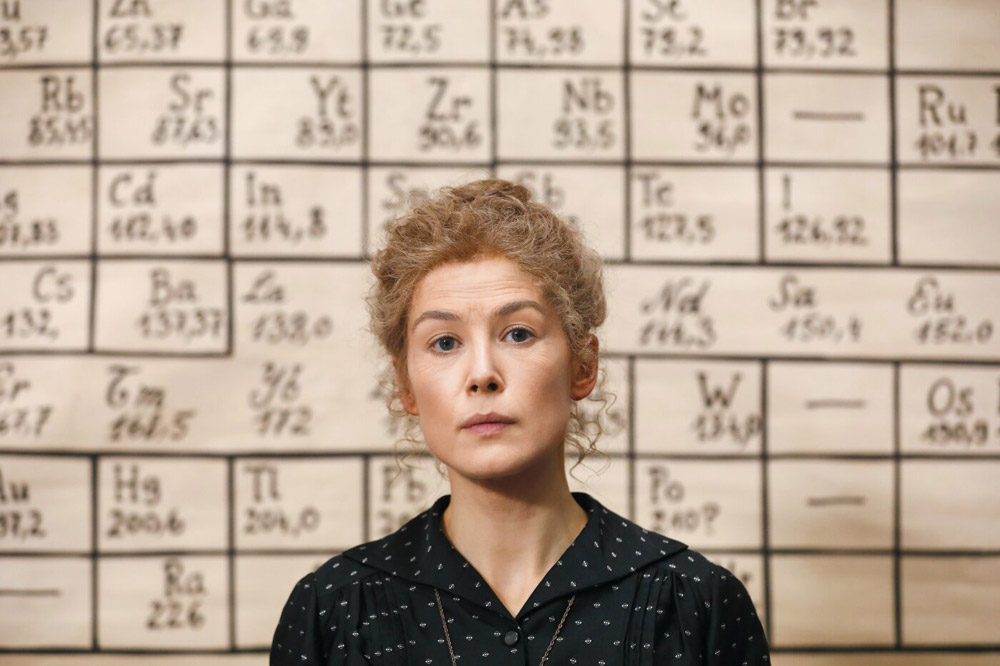During an early meeting in Paris with the actress who would play her Marie Curie, Marjane Satrapi slid a page across the table to Rosamund Pike that few had ever seen from a grief journal that the famed scientist had kept in the weeks after her beloved partner Pierre passed away. A towering figure known for discovering radium, the page which had been long kept private by the Curie family revealed the tender side of the tenacious scientist, bringing tears to Pike’s eyes and, for the filmmaker, a way into a story that otherwise would feel as if it was adapted directly from a history book.
“It was a revelation for me because I thought I knew her because I knew all the scientific aspects of [Curie’s] work, but there were lots of things I realized I absolutely did not know about her,” says Satrapi, who as anyone who has watched one of her films will know has enthusiasm that can be irresistible.
The director of “Persepolis” and “The Voices” had thought she would be the last person to ever make a film about a historical figure as Curie, long ago making a rule for herself that she’d “never direct a sequel, a reboot or a biopic,” but as someone who has rarely adhered to rules, it can’t be that surprising that she’s broken one, though “Radioactive” can hardly be considered your typical biopic. Befitting of its defiant heroine, Satrapi’s enthralling fifth feature builds upon the ingenuity of its source material, Lauren Redniss’ graphic novel “Marie & Pierre Curie: A Tale of Love and Fallout,” which leaped forward in time to observe the ripple effects of Curies’ discovery of the volatile element that would eventually innovate cancer treatments and serve as the basis for the atomic bomb. What the scientists could not know about where their work would lead, but audiences do gives a special frisson to watching Marie, in particular, navigate many combustible situations well before the rest of the world grappled with how to handle radium, feeling trapped in a loving marriage to Pierre (Sam Riley) where staying by his side meant the male-dominated scientific community would think he was largely responsible for the things she did.
“Radioactive” crackles with a propulsive energy, most obviously from Curie’s single-minded drive towards a scientific breakthrough and the passion she throws into everything including her romance with Pierre. However, with a typically dazzling performance from Pike driving the action, Satrapi brilliantly conflates Curie’s process to an artist on the cusp of an epiphany, summoning the same sense of anticipation as a drumroll as she invokes the performances of Loie Fuller, a vaudevillian enchanted by the notion of working radium into her lighting design, and “Piff-Paff-Pouf,” the dance craze that swept the nation when the discovery of radium went public at the turn of the century, as analogies to the work Curie does quietly in the dead of night in her lab. The result is sensational in every sense of the word and with the film now arriving on Amazon Prime following its premiere last fall at the Toronto Film Festival, Satrapi spoke about locating a story that couldn’t feel any more timely or alive than at a time of reckoning for women globally and when science holds the key to ending the COVID-19 pandemic.
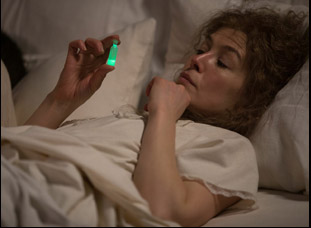
The thing that always makes me interested in anything as a director is a very good script. This story has been told so many times — even if I grew up with Marie Curie because that was the role model of excellence that my mother was proposing to me, I can’t even remember a moment of my life when I didn’t know about her — and it deserves to be told one more time only if it’s a new way of saying it or it’s an interesting point of view. But I read this magnificent script that was written by Jack Thorne and the title of it was “Radioactive,” and I said, “Finally…” [because] we talk about the woman and this woman is impossible to talk about without talking about her science and it’s impossible to talk about her science, which changed completely the face of the world without talking about the aftermath of the science. So [in the “Radioactive” script], it was a complete story, [where] at the same time you had this very beautiful love story and the story of the science together, so this is why I wanted to do it.
Is it true you met with Madame Curie’s granddaughter?
Oh absolutely. I met with her and there were things that she told me that I put in the film, like for example when Marie, when she’s speaking with Irène, in the bus they’re driving and she said, they always suffer from the lack of funds and the fact of being a woman, and this is actually a letter that Marie Curie wrote to her daughter that the granddaughter told me about and she said please put that in the film. So by talking to her, she convinced me on many things. [Also] how much her grandmother was fire and fury and how much her grandfather Pierre was calm and smooth and sweet — Marie was explosion and [that relationship was] fire and water, as you say.
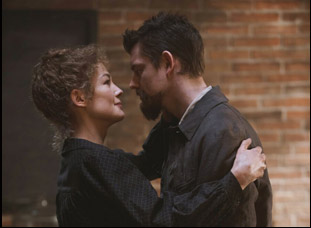
Working with Rosamund Pike is like the biggest gift of your life. You have somebody who is actually extremely kind, extremely smart… I can use extremely for each quality that she has and in a way, she never played Marie Curie. Every morning, she became her, so it is a blessing to work with an actress like that because she brings the film much further than whatever I could dream. Without her, it would’ve been completely impossible.
And you can dream pretty big. You make the science of this so exciting and you make that dazzling opening with Pierre and Marie at Loie Fuller’s show – was it exciting to find those opportunities where art and science could collide?
Basically, it was the first time there was a collision between art and science because Loie Fuller had the genius idea to use the electrical bolt to make effects, so she was really the perfect example, and as much as the scientific work is extremely exciting, showing it in the film is the most boring thing in a film because it’s lots of repetition. Basically, there’s nothing to show and yet you have to show it and make it exciting, so I tried my best to make it look dynamic because in reality the base of it is very dynamic, but this took lots [of effort] to make it look as dynamic as it is.
The way color enters this drab period world is especially effective. Was it interesting to create a palette for the film?
My background is painting, so I have this extremely special relationship with colors to start with. There are some colors that I hate. And there are some colors that I love and there are some colors that they don’t go with some colors. It’s a very personal thing. It’s not the absolute truth or anything close to that, but I have a very special taste in color and I have to be able to see that [in the story]. By looking a lot at all the artwork that was made around radium at the beginning of the century, like all the posters, it was a very special green, blue/green that’s supposed to be the color of the radium. From there, I had this palette of colors that I shared with my DoP [Anthony Dod Mantle] who surprisingly had the same taste in color as I did, so that was a very good collaboration.
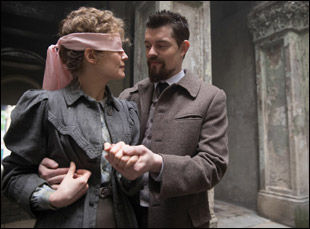
The thing is some part of your film is like an action film and on an action film, you cannot go on the day of the shooting and say, “Okay, well, what are we going to do with this car? It’ll look great to [destroy].” You have to have a plan. And so many parts of this movie, I had to have a plan and you actually storyboard these things, but I had made an animated film in which you make animatics because you make a pre-film in which you see if it actually works or it does not, so you have a sense of the rhythm.
On top of that [in “Radioactive”], I have to show things that in reality are invisible — an atom is invisible, radioactivity is invisible, energy is invisible, electrons are invisible. Yet I have to make them visible, so all of that means that I have to make these animatics. They are not great [in detail or appearance], but I have always considered animatic to really be like a base that to be able to show it to the technical team, just for them to know what I want, [where] at least we have to achieve that and then we’ll just see what happens. If I don’t do that, it takes much longer time and that means much more money and that means much less money for other things, so I have to be smart. This film was made for about $20 million, so it’s not like I had an endless budget. You have to know what you are doing and why you are doing it.
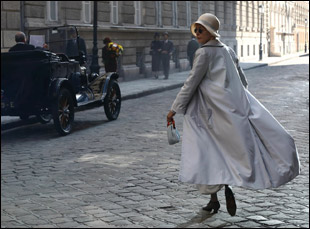
Well, like any movie director, I would prefer this movie be in the theaters, but being in the situation of the world today, I’m very happy that people can watch it and I hope the importance of science resonates and embracing this incredible woman. I hope that young girls will see this film and think that they can make it too because this is a celebration of love, a celebration of science, and a celebration of intelligence, and I hope it will be received this way.
“Radioactive” is now streaming on Amazon Prime.




